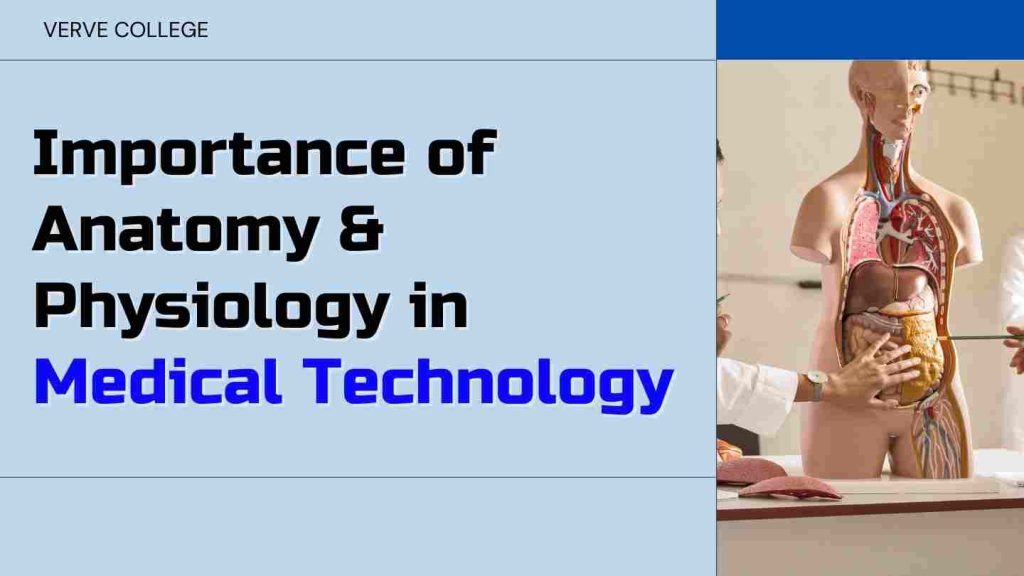- Oak Brook:(630) 705-9999
- Chicago:(312) 920-8822
- Email:inquiry@vervecollege.edu
- Make a Payment
- Home
- Programs
- Admission
- Resources
- ATI Entrance Exam Resources
- New E-Digital Library
- Refer a Friend
- School Newsletter
- Events
- Employers
- Job-Network
- Alpha Beta Kappa Candidates
- Verve College Library
- Graduation and Pinning Ceremony Photo Galleries
- Textbook Information
- Career Services
- Tutoring
- School Catalog
- FAQ
- Constitution Day Program
- Alumni
- Verve College Plans
- Financial Aid
- HEERF Reporting
- Satisfactory Academic Progress
- Apply For Financial Aid
- Net Price Calculator
- Return of Title IV Funds (R2T4)
- Financial Aid Office Code of Conduct
- Contact
- FAQs
- Verification Policy
- Vaccination Policy
- Student Right-to-Know Act
- Misrepresentation
- Information Security Program
- Academic Award Year
- Availability of Employee
- Cost of Attendance
- Health & Safety Exemption Requirement
- Students Rights and Responsibilities
- Leave of Absence
- Pell Formula
- Military Students
- Grants/ Scholarship Policy
- Contact Us
- Testimonials
- Blog
Is a Nursing Career Right For You?
Take The Free Quiz
The Importance & Impact of Anatomy and Physiology in Medical Technology
The Importance & Impact of Anatomy and Physiology in Medical Technology
The complex interplay between anatomy, physiology, and biochemistry is the foundation of medical technology. It allows for a deeper understanding of the body and its many systems. This article explores the fundamental importance of anatomy and physiology to medical technology. It explains their role in diagnosis, treatment, and the development of innovative healthcare solutions. Illinois College of Nursing tuition (nursing schools) in health care industry provides a good explanation of how the positive impact of technology on healthcare occurs.
Medical professionals or health care workers can gain valuable insight into various diseases and disorders by understanding the intricate functions and structures of the human body.
This blog will highlight the importance of anatomy and physiology and how it enhances the precision and efficacy of Medical Technologies to achieve clinical outcomes.
A Dive into Anatomy, Physiology and Medical Technologists
1) Anatomy: The Study of Structure
Gross Anatomy: The examination of basic structures that are visible to the naked eye is gross anatomy. Medical technologists must have a good understanding of gross anatomy to be able to differentiate and identify various anatomical structures during procedures like specimen collection, imaging, and surgical interventions.
2) Physiology – The Study of Function
Physiology of Cells: Cell biology explores the functions and processes of cells. This includes cellular metabolism, transport organ systems, and cell signals. Medical technologists must have a solid foundation in cell biology to be able to understand biochemical and physiologic changes that occur during disease states and to interpret lab tests involving cellular components.
3) Homeostasis: Maintaining Balance
Homeostasis is the ability of the body systems to maintain internal stability in spite of external changes. Medical technologists need to be familiar with the mechanisms that underlie homeostasis. This includes feedback loops and hormone regulation.
4) Understanding Disease Processes
The study of pathophysiology is centered on abnormal physiological processes that are associated with disease. Medical technologists must have a thorough understanding of pathophysiological processes to accurately interpret diagnostic results, identify disease markers, and contribute to treatment plans.
5) Clinical Applications
Lab Testing: Medical Technologists perform many laboratory tests such as hematology tests, immunology tests, microbiology tests, and blood chemistry tests. They can choose the right tests, interpret results, and spot any discrepancies in patient care with a deep understanding of anatomy.
Related:- Utilizing Maslow’s Hierarchy of Needs in Nursing Practice
The Impact of Technology in Healthcare & in Innovations of Anatomy & Physiology
Anatomy and Physiology are critical in defining the future of medical technology. These fields enable the development of medical devices, procedures, and treatments that are based on a basic understanding of the structure and function of the body. If you are interested in learning more about anatomy and physiology quickly, you can join anatomy and physiology course near me.
Engineers and scientists who understand the details of anatomy can create innovative medical devices that are tailored to anatomical structures. The success of minimally invasive surgical techniques such as laparoscopy is due to an understanding of anatomical landmarks.
Knowledge of physiology can also be used to develop technologies that restore or mimic normal bodily functions. Understanding how the body works on a physiological basis is essential to developing technologies like artificial limbs, neurostimulator, and prosthetic limbs.
MRIs and CT scans, which are medical image technologies that rely on anatomical knowledge and physiological understanding to diagnose and interpret conditions, also rely heavily upon this knowledge. These innovations allow clinicians to make informed decisions by providing detailed visualizations of physiological processes and anatomical structures.
Want to Make a Career in Nursing? Get More Information About Our Courses!
Conclusion
Medical technology requires a thorough understanding of anatomy and physiology. This knowledge is the basis for innovation and success, whether it’s designing cutting-edge devices or optimizing patient care. A&P class can lead nursing students to a variety of career opportunities in the healthcare industry.
 Sign up
Sign up Login
Login




